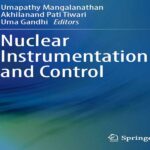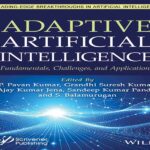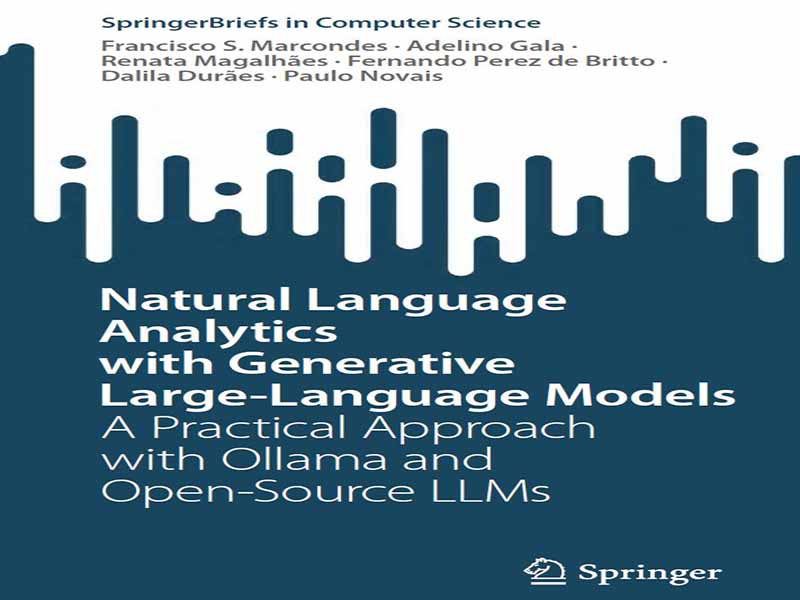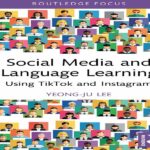- عنوان کتاب: Natural Language Analytics with Generative Large-Language Models -A Practical Approach with Ollama and Open-Source LLMs
- نویسنده: Francisco S. Marcondes
- حوزه: پردازش زبان طبیعی
- سال انتشار: 2025
- تعداد صفحه: 94
- زبان اصلی: انگلیسی
- نوع فایل: pdf
- حجم فایل: 1.54 مگابایت
آغاز این کتاب از آرزوی جمعی نویسندگان برای کاوش و استفاده از مدلهای زبان بزرگ مولد (LLM) به عنوان «محاسبهگرهای زبانی» برای استنباط و استخراج دادههای نرم، ارائه تحلیلهای معنایی و بینشهای بیان شده در قالب شاخصهای کلیدی نرم (KSI) ناشی شد. در حالی که LLMها اغلب برای کارهایی مانند ترجمه و خلاصهسازی به کار میروند، این کتاب در پی گسترش استفاده از آنها به شکلی پیچیدهتر به نام تجزیه و تحلیل زبان طبیعی (NLA) است. این کتاب شامل استخراج نشانهشناختی، تحلیل احساسات، استنتاج احساسات، تحلیل طرز فکر و درک فرهنگی است – وظایفی که پردازش دادههای متنی پیچیده و چندپایدار را برای کشف الگوها و ارائه بینش در تصمیمگیری انسان امکانپذیر میکنند. هدف این کتاب نشان دادن چگونگی استفاده از LLMهای مولد در یک فرآیند پاییندستی برای استخراج دادههای مفید از مصنوعات زبان طبیعی به شیوهای است که به طور یکپارچه در خط لوله علم داده ادغام میشود و در نهایت اطلاعات عملی را به ذینفعان ارائه میدهد. با بهرهگیری از این مدلها، میتوان تحلیلها را در زمینههای متنوعی از جمله ارتباطات استراتژیک، بازاریابی، منابع انسانی، روزنامهنگاری، برندسازی، رضایت مشتری، رسانههای اجتماعی، دفاع مدنی، کاهش ریسک و دفاع شناختی و موارد دیگر انجام داد. این اثر، تلاشی میانرشتهای را نشان میدهد که تخصصهایی از علوم کامپیوتر، هوش مصنوعی، نشانهشناسی شناختی، زبانشناسی، مدیریت و سیستمهای اطلاعاتی را در بر میگیرد و هم صنعت و هم دانشگاه را در بر میگیرد. همگرایی این زمینههای متنوع برای پرداختن مؤثر به پیچیدگیهای استفاده از LLMها برای NLA ضروری است. در نتیجه، این کتاب نه تنها برای متخصصان هوش مصنوعی، بلکه برای متخصصان در طیف وسیعی از زمینهها که با سیستمهای اطلاعاتی، تصمیمگیری، علوم داده و پردازش زبان طبیعی آشنا هستند و علاقهمند به استفاده از LLMها برای تحلیل زبان طبیعی، بهویژه با استفاده از مدلهای منبع باز در سیستمهای محلی هستند، در نظر گرفته شده است. درک کاربرد LLMها به عنوان ابزاری برای NLA شامل شناخت نقاط قوت و محدودیتهای آنها است. این کتاب استعاره LLMها را به عنوان “ماشینحسابهای زبان” اتخاذ میکند تا توضیح دهد که چگونه آنها با نگاشت جملات ورودی به مصنوعات داده نرم خروجی، که توسط تعبیههای معنایی پیچیده هدایت میشوند، عمل میکنند. اگرچه این استعاره محدودیتهای خود را دارد، اما چارچوب مفیدی برای درک نقاط قوت و ضعف LLMها در وظایف پردازش زبان ارائه میدهد. این کتاب به بحث و ارائه راهحلهایی برای تنوع ذاتی در خروجیهای LLM میپردازد و پیامدهای آن را برای وظایفی که نیاز به دقت بالا دارند در مقابل وظایفی که در آنها کاربرد و تفسیر ظریفتر اهمیت بیشتری دارد، مورد بررسی قرار میدهد. علاوه بر این، به چالشهای مربوط به ابهام و تنوع زبان طبیعی میپردازد و نشان میدهد که چگونه LLMها میتوانند به طور مؤثر در این زمینه راهاندازی و به کار گرفته شوند. یک مطالعه موردی در مورد توسعه KSI مشتق شده از دادههای متنی ارائه شده است که کاربردهای واقعی این تکنیکها را نشان میدهد. در نهایت، هدف این کتاب ارائه یک راهنمای جامع نیست، بلکه ارائه راهحلها و راهنماییهای عملی بر اساس تجربیات نویسندگان است. به این ترتیب، این کتاب به عنوان نقطه شروعی برای علاقهمندان به حوزه در حال تحول NLA با استفاده از LLMها عمل میکند. امیدواریم این کتاب الهامبخش و مجهزکننده خوانندگان به ابزارها و دانش برای بررسی پتانسیل LLMها در کار خود باشد و نوآوری را تقویت کرده و درک را در این حوزه پویا پیش ببرد.
The inception of this book arose from the authors’ collective ambition to explore and utilize generative Large Language Models (LLMs) as “language calculators” to infer and extract soft data, providing semantic analyses and insights expressed in the form of Key Soft Indicators (KSIs). While LLMs are often employed for tasks such as translation and summarization, this book seeks to extend their use to a more sophisticated form called Natural Language Analytics (NLA). This book includes semiotic extraction, sentiment analysis, emotion inference, mindset analysis, and cultural understanding—tasks that enable the processing of complex and multistable textual data to uncover patterns and offer insights into human decision-making. The goal of this book is to show how generative LLMs can be employed in a downstream process to extract useful data from natural language artifacts in a manner that integrates seamlessly into the data science pipeline, ultimately delivering actionable intelligence to stakeholders. By leveraging these models, analyses can be conducted across a variety of fields, including strategic communication, marketing, human resources, journalism, branding, customer satisfaction, social media, civil defense, risk reduction, and cognitive defense, among others. This work represents a transdisciplinary endeavor, bringing together expertise from computer science, artificial intelligence, cognitive semiotics, linguistics, management, and information systems, spanning both industry and academia. The convergence of these diverse fields is essential to effectively address the complexities of using LLMs for NLA. Consequently, this book is intended not only for AI specialists but also for professionals across a wide range of fields who are familiar with information systems, decision-making, data science, and natural language processing and who are interested in employing LLMs for natural language analysis, particularly using open-source models on local systems. Understanding the utility of LLMs as tools for NLA involves recognizing both their strengths and limitations. The book adopts the metaphor of LLMs as “language calculators” to explain how they function by mapping input sentences to output soft data artifacts, driven by complex semantic embeddings. While this metaphor has its limits, it provides a useful framework for understanding the strengths and weaknesses of LLMs in language processing tasks. The book discusses and provides solutions for the inherent variability in LLM outputs and addresses the implications for tasks that require high precision versus those where utility and nuanced interpretation are more critical. Additionally, it tackles challenges related to the ambiguity and variability of natural language and illustrates how LLMs can be effectively set up and applied in this context. A case study is presented on the development of a KSI derived from text data, showcasing real-world applications of these techniques. Finally, this book does not aim to be an exhaustive guide, but rather to provide practical solutions and guidance based on the authors’ experiences. As such, it serves as a starting point for those interested in the evolving field of NLA using LLMs. We hope this book will inspire and equip readers with the tools and knowledge to explore the potential of LLMs in their own work, fostering innovation and advancing understanding in this dynamic area.
این کتاب را میتوانید از لینک زیر بصورت رایگان دانلود کنید:
Download: Natural Language Analytics with Generative Large-Language Models




































نظرات کاربران